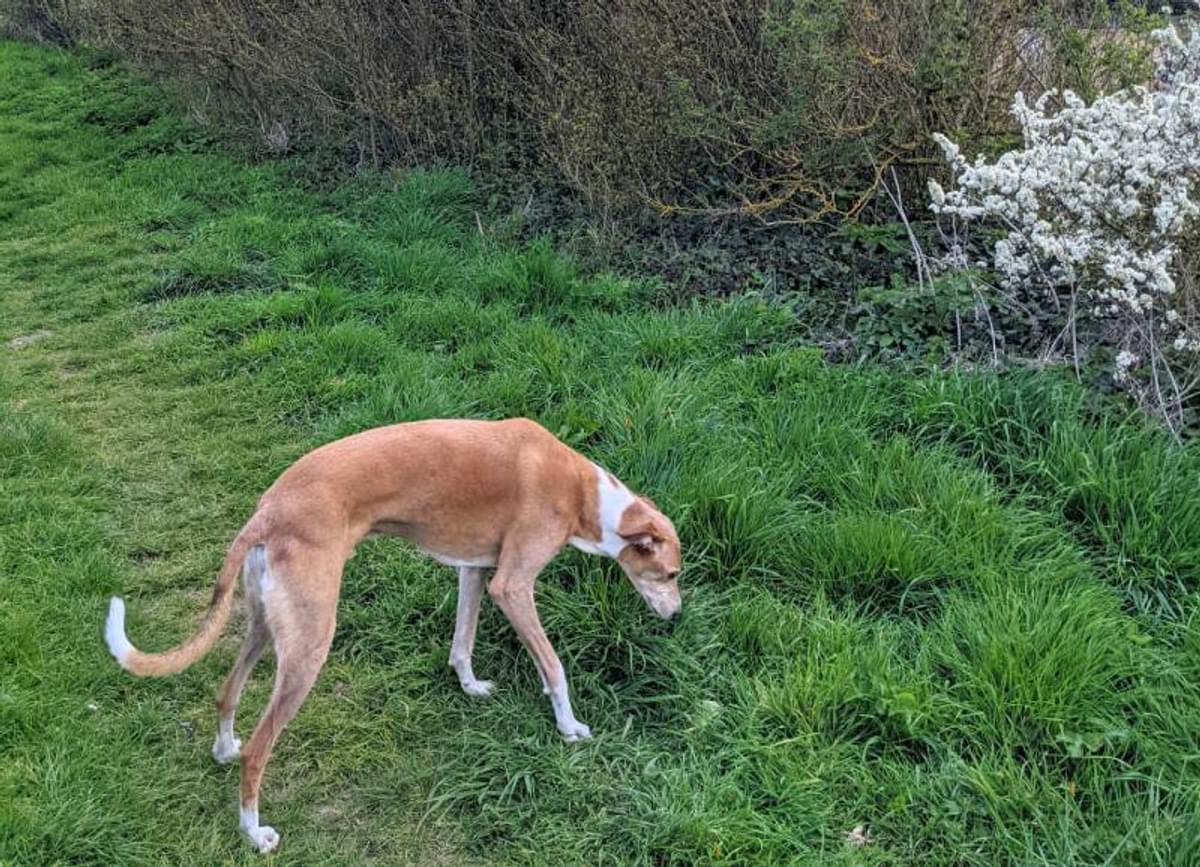Sniffing is an innate and highly developed sense in dogs, with a complex system comprised of the nasal cavity, olfactory epithelium and receptors, the vomeronasal organ (Jacobson’s organ), and the olfactory bulb. Every moment your dog explores their environment becomes a captivating olfactory journey. Sniffing allows dogs to process a wealth of information about their surroundings, including detecting scents that reveal the presence of other animals, food sources, and time. This sensory stimulation not only enriches their lives but also promotes mental well-being.
Neurologically, when dogs sniff, their olfactory receptors detect odor molecules in the air, sending signals to the olfactory bulb in the brain. From there, these signals are processed in the limbic system, which is responsible for emotional regulation. Sniffing triggers the release of endorphins, dopamine, and other neurotransmitters that induce feelings of pleasure and relaxation in dogs. This natural "scent therapy" can alleviate stress, reduce anxiety, and enhance their overall mental state. Sniffing is important for all dogs, but it is even more important for dogs struggling with the world around them. An easy, sniff-rich activity you can do for your dog is to scatter smelly treats like Classic Lamb Lung into the grass, or if you don’t have a garden, you can use a Snuffle Mat.







